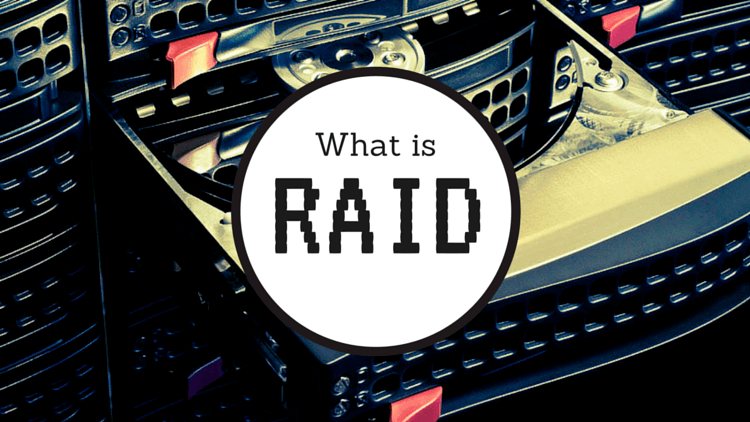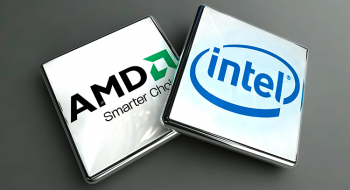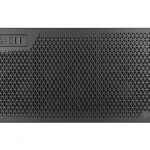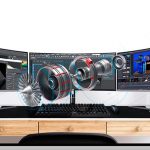If you’ve been doing research about computers, servers or workstations, you may have heard of RAID. But what is it, and do you need it? RAID (Redundant Array of Independent Disks) is a useful way to provide redundancy in case of HDD failure, but should not be considered a backup solution. While there are many different RAID setups, we will tell you about most common ones and how to choose amongst them in this easy to follow guide.
Determining if RAID is right for you
Before you can implement RAID in your system or purchase a new custom computer with RAID, you must first recognize the need for it. For example, you need to be able to answer following questions:
- How important is my data to me?
- What means of backup do I already have?
- If my HDD fails, would I be able to continue using my system?
- How long can I wait before I can obtain replacement parts?
While there are many more questions to be asked and answered, these 4 are the most fundamental ones and the reasons why RAID exists in the first place.
Knowing the importance of your data will be the most determining factor when choosing RAID. Also, whether or not you have existing means of backup is another important point to consider. If your data is important, but you wouldn’t be severely impacted if it was lost, then RAID may be too much for you. Other means of backup such as external drives are probably better choice. If on the other hand you need your operating system to work on regular basis, having a HDD failure can impact your work severely. Having to wait many days before you can obtain a replacement from manufacturer and re-install everything can be a real hassle.
Making the decision to go for RAID is only the first step of the puzzle. Some users only need basic RAID features, while others need a lot more. Once you’ve decided RAID is the right choice for you, you must then find out which RAID system you will need for your particular system.
Which RAID is best for me?
Your answers to the above four questions will help you determine which RAID arrangement is right for you. But on top of that, you must also understand basic RAID systems and what they do, so the following section explains that. We’re only including the basic and most common RAID configurations, but there are others out there, too.
RAID 0
Not exactly a RAID setup. The only reason it’s been added to this guide is due to the fact it provides extra performance and that its technology is used in other, more complex RAID setups. RAID 0 offers no redundancy. It uses 2 HDDs to create a RAID volume. Both drives are used to their full capacity and the data is split between the drives. If either drive fails, the volume is lost and cannot be rebuilt. If you want to use RAID 0, keep in mind you will not have any backup. Use it only for performance reasons.
RAID 1
This is a basic mirroring setup. 2 HDDs are required and the RAID controller is constantly making an exact copy of one drive to another drive. This RAID is most popular for people who want basic backup and are happy with a single point of redundancy. The speed of the drives is limited, but in case of a single HDD failure you will be able to continue running your operating system until the volume is rebuilt with the new drive. Usually rebuilding is done automatically while the system is running, but some RAID controllers do have an option of on-demand rebuilds and integrity checks.
RAID 5
RAID 5 is more complex system compared to the other 2 in that it uses 3 or more HDDs, and it splits the data across in a striped or block method. If data disappears from one of the HDDs due to failure or other issues, it can be rebuilt using information from other drives. This improves the speed compared to RAID 1 but it again maintains a single point of redundancy. Basically, you can only have one HDD fail in order to keep running. If you have a 3 HDD RAID 5 setup and 2 of your drives fail, the volume is lost. We recommend that you do not use RAID 5 for business-critical data.
RAID 10
This RAID setup is composed out of the RAID 1 and RAID 0 levels. The top level is RAID 0 and the lower level is RAID 1. If a HDD fails, it will affect the RAID 1 (mirroring) portion of the RAID without affecting the RAID 0. RAID 10 while more secure than RAID 5 has a huge impact on available disk space as most of it is used for mirroring.
Equipment
Once you’ve figured out which RAID is best for you, you must look into the equipment to buy, such as type of hard drives, amount of drives, dedicated RAID cards, etc.
Most consumer level motherboards provide RAID functionality for levels 0, 1 5 and 10. While you can run RAID on these boards, they are not as robust and reliable as dedicated RAID controllers. Also, the choice whether you want to buy consumer level HDDs or enterprise level HDDs makes a big difference too. Enterprise level HDDs are known to perform well in heavy use scenarios, such as business servers and others. Consumer-level HDDs aren’t designed for the increased workload that comes from a RAID setup, and may fail more quickly.
Therefore the most robust setup you can have using these components is a dedicated RAID card and Enterprise level HDDs. Of course, this is the most expensive setup. The same exact RAID setup can be achieved with on-board controllers and regular HDDs for much less, but the reliability of those setups is significantly reduced. You can also mix and match equipment. For example you can run enterprise level drives off the on-board controller, or you can also run standard drives off the dedicated controllers. These mixed setups also have mixed reliability scores, but upgrading at least one component is still better than the basic, on-board controller and standard HDD setup.
Conclusion
RAID setups will allow you to keep your data safe and keep your system running in case of a HDD Failure. However, keep in mind that other issues can still hinder your system unusable. Things such as motherboard failures, power supply and cpu issues and others can provide unexpected downtime. RAID is a system for redundancy of HDDs only. It doesn’t provide redundancy for possible power failures and other issues not related to HDDs. For those looking for a truly redundant setup, multiple workstations or parts need to be available on standby. As a business owner, this is something you might want to consider. For a small home office use, this may not be necessary. You need to make a clear assessment of how much downtime you can afford if issues other than a failed HDD occur and how you can go about getting your work done without a system. The RAID will continue to work and your data will be safe as long as the failures occur with single drives and they are replaced promptly.
Although most RAID setups will continue to run in DEGRADED mode even after a HDD failure, it is important to replace the defective drive as soon as possible before another one fails, in which case data will be lost.









No comments yet